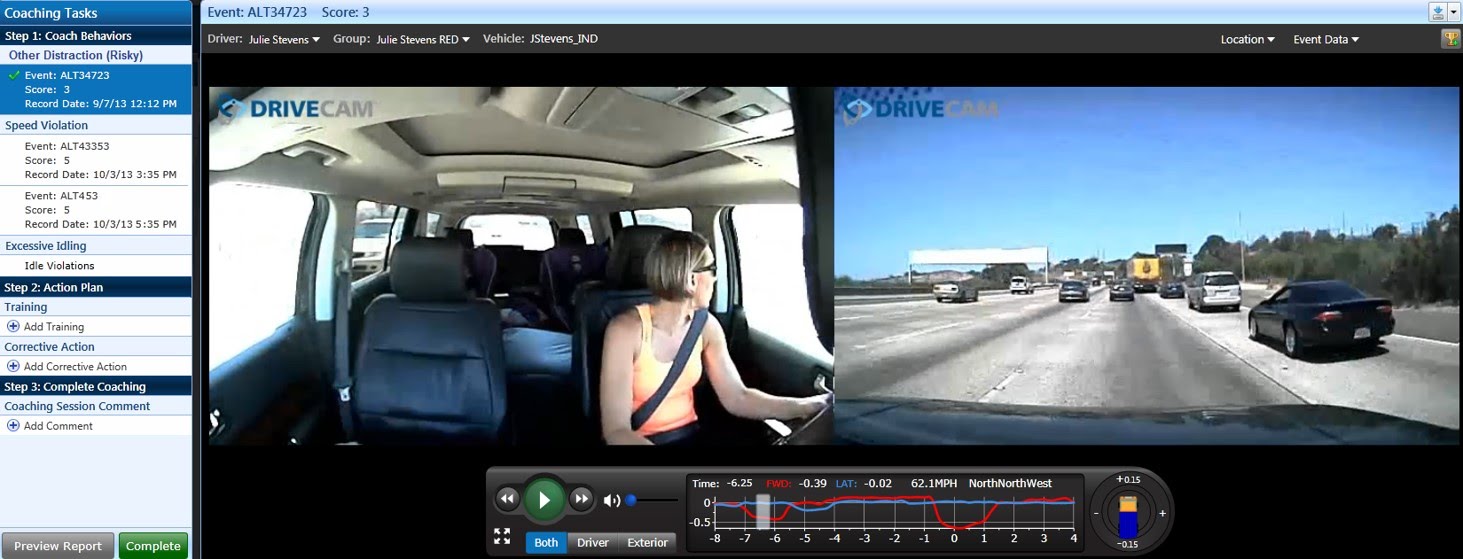Australian motorists also battle distracted driving
A friend passed along an article from Australian publication The Age, where transport reporter Adam Carey highlights a recent study on distracted driving and the impacts this behavior has on drivers in Victoria. Upon reading the article, my reaction was “We’re not the only ones dealing with the realities of this issue.”
More than 1000 people are predicted to die or be seriously injured on Victorian roads in the next five years due to driver distraction from in-vehicle technology such as car stereos, GPS devices or gadgets such as mobile phones.
The economic cost of these predicted collisions has been calculated at $1.285 billion, in a major study of driver distraction by the Monash University Accident Research Centre and Monash Injury Research Institute.
The study analysed 340 serious casualty crashes in Victoria and NSW between 2000 and 2011, using data from the forensic examination of crash scenes and anonymous interviews with drivers. It found that distraction caused 16 per cent of crashes.
While the biggest source of distraction for a driver was a person inside the vehicle, the study’s authors warned that the use of in-vehicle technology, including GPS and mobile phones, was an increasing cause of distraction-related collisions.
Other types of driver inattention, including intoxication, sleep, fatigue and illness, were found to have caused 37 per cent of crashes. The study focused exclusively on crashes caused by inattention in an attempt to know more about why drivers stop concentrating, so did not include collisions caused by speed.
Interactions between drivers and passengers caused 5.1 per cent of distraction-related crashes. This behaviour could include passengers talking, arguing, misbehaving or crying, the authors wrote.
But Mark Stevenson, director of the Monash University Accident Research Centre, said it was clear devices such as smartphones were increasingly causing drivers to become distracted and crash. He said their popularity had grown so quickly and the tasks they could perform had become so complex, that authorities and even researchers could not keep pace with how they were changing behaviour.
”We’re seeing a huge, rapid rollout of technology and we don’t understand the extent of the effects … in terms of road safety,” Professor Stevenson said.
The study found 3.6 per cent of the 340 crashes happened because the driver was using or looking at in-vehicle technology and 0.9 per cent because of mobile phone use. Technology-related driver distraction will claim 50 lives and cause 954 serious injuries on Victorian roads between this year and 2017, it found.
Interestingly, Professor Stevenson said the best way to limit distraction-related crashes could be through even more technology, such as apps that block mobile phone functions while a person is driving.
”The traditional way for much of road safety has been to legislate and enforce but in relation to some of the in-vehicle distractions being introduced, there may be a technological solution as well and I think we need to start paying more attention to that,” he said.
According to Monash research, the risk of crashing rises exponentially once a driver takes his or her eyes off the road for two seconds. Drivers were found to have done this in 18 per cent of crashes analysed in the study.
The growing sophistication of devices such as smartphones, tablets and in-vehicle controls had increased the propensity for drivers to take their eyes off the road for longer, study co-author Michael Fitzharris said.
”What we’re talking about is a shift in the use of technology devices and what’s available in the vehicle; it’s no longer just flicking your radio on and tuning the dial to 3LO,” Dr Fitzharris said. ”It’s something much more significant that requires a lot more cognitive effort, you have to actually engage with the device a lot more.”
The Monash study was commissioned by VicRoads and published this month in international journal Accident Analysis and Prevention.
Aidan McGann, VicRoads’ acting director of vehicle and road use policy, said tackling distraction was a big part of the authority’s new 10-year road safety strategy.
The biggest causes of crashes through inattention were intoxication (13.5 per cent), falling asleep (11.8 per cent), fatigue (10.9 per cent), and interacting with passengers.





